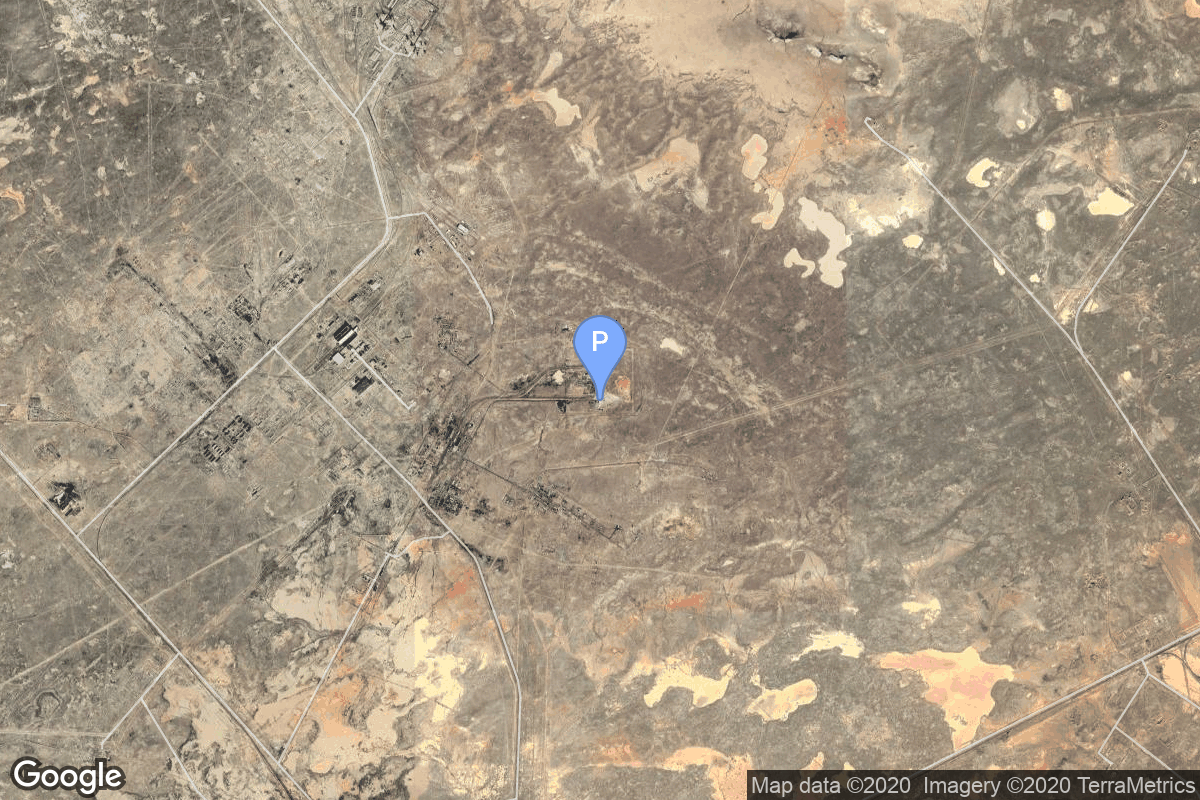Soyuz 5
Soyuz
Soviet Space Program
Crew

Boris Volynov
- Birthday: 12/18/1934
- Role: Commander
- Nationality: Russian
- First Flight: 01/15/1969
- Last Flight: 07/06/1976
Boris Valentinovich Volynov (Russian: Бори́с Валенти́нович Волы́нов; born 18 December 1934) is a Soviet cosmonaut who flew two space missions of the Soyuz programme: Soyuz 5, and Soyuz 21. He was the first Jewish cosmonaut to enter space, preceding Judith Resnik in the United States.

Aleksei Yeliseyev
- Birthday: 07/13/1934
- Role: Flight Engineer
- Nationality: Soviet
- First Flight: 01/15/1969
- Last Flight: 04/22/1971
Aleksei Stanislavovich Yeliseyev (Russian: Алексей Станиславович Елисеев; born July 13, 1934) is a retired Soviet cosmonaut who flew on three missions in the Soyuz programme as a flight engineer: Soyuz 5, Soyuz 8, and Soyuz 10. Aleksei’s father was Lithuanian with the last name Kuraitis, who died in the Soviet’s Gulag as an enemy of the people. Aleksei uses his mother’s last name “Yeliseyev” so some regard him as also being a Lithuanian cosmonaut.

Yevgeny Khrunov
- Birthday: 09/10/1933
- Role: Research Engineer
- Nationality: Russian
- First Flight: 01/15/1969
- Last Flight: 01/15/1969
Yevgeni Vassilyevich Khrunov (Russian: Евге́ний Васи́льевич Хруно́в; September 10, 1933 – May 20, 2000) was a Soviet cosmonaut who flew on the Soyuz 5/Soyuz 4 mission.
Mission
Soyuz 5
- Type: Human Exploration
- Orbit: Low Earth Orbit
Soyuz 5 mission started with the launch on January 15, 1969, 07:04:57 UTC, carrying Commander Boris Volynov, Flight Engineer Vladislav Volkov and Research Engineer Pyotr Kolodin into orbit. Two days later mission achieved the first ever docking of two crewed spacecrafts, having Soyuz 5 docked with Soyuz 4 spacecraft. Since no connecting tunel had been developed yet, the two cosmonauts had to spacewalk from one vehicle to another.
The mission concluded with a hard landing back on Earth on January 18, 1969, 07:59:12 UTC.
Location
Rocket
Russian Federal Space Agency (ROSCOSMOS) Soyuz
Agency
Soviet Space Program
The Soviet space program, was the national space program of the Union of Soviet Socialist Republics (USSR) actived from 1930s until disintegration of the Soviet Union in 1991.
The Soviet Union’s space program was mainly based on the cosmonautic exploration of space and the development of the expandable launch vehicles, which had been split between many design bureaus competing against each other. Over its 60-years of history, the Russian program was responsible for a number of pioneering feats and accomplishments in the human space flight, including the first intercontinental ballistic missile (R-7), first satellite (Sputnik 1), first animal in Earth orbit (the dog Laika on Sputnik 2), first human in space and Earth orbit (cosmonaut Yuri Gagarin on Vostok 1), first woman in space and Earth orbit (cosmonaut Valentina Tereshkova on Vostok 6), first spacewalk (cosmonaut Alexei Leonov on Voskhod 2), first Moon impact (Luna 2), first image of the far side of the Moon (Luna 3) and unmanned lunar soft landing (Luna 9), first space rover (Lunokhod 1), first sample of lunar soil automatically extracted and brought to Earth (Luna 16), and first space station (Salyut 1). Further notable records included the first interplanetary probes: Venera 1 and Mars 1 to fly by Venus and Mars, respectively, Venera 3 and Mars 2 to impact the respective planet surface, and Venera 7 and Mars 3 to make soft landings on these planets.

